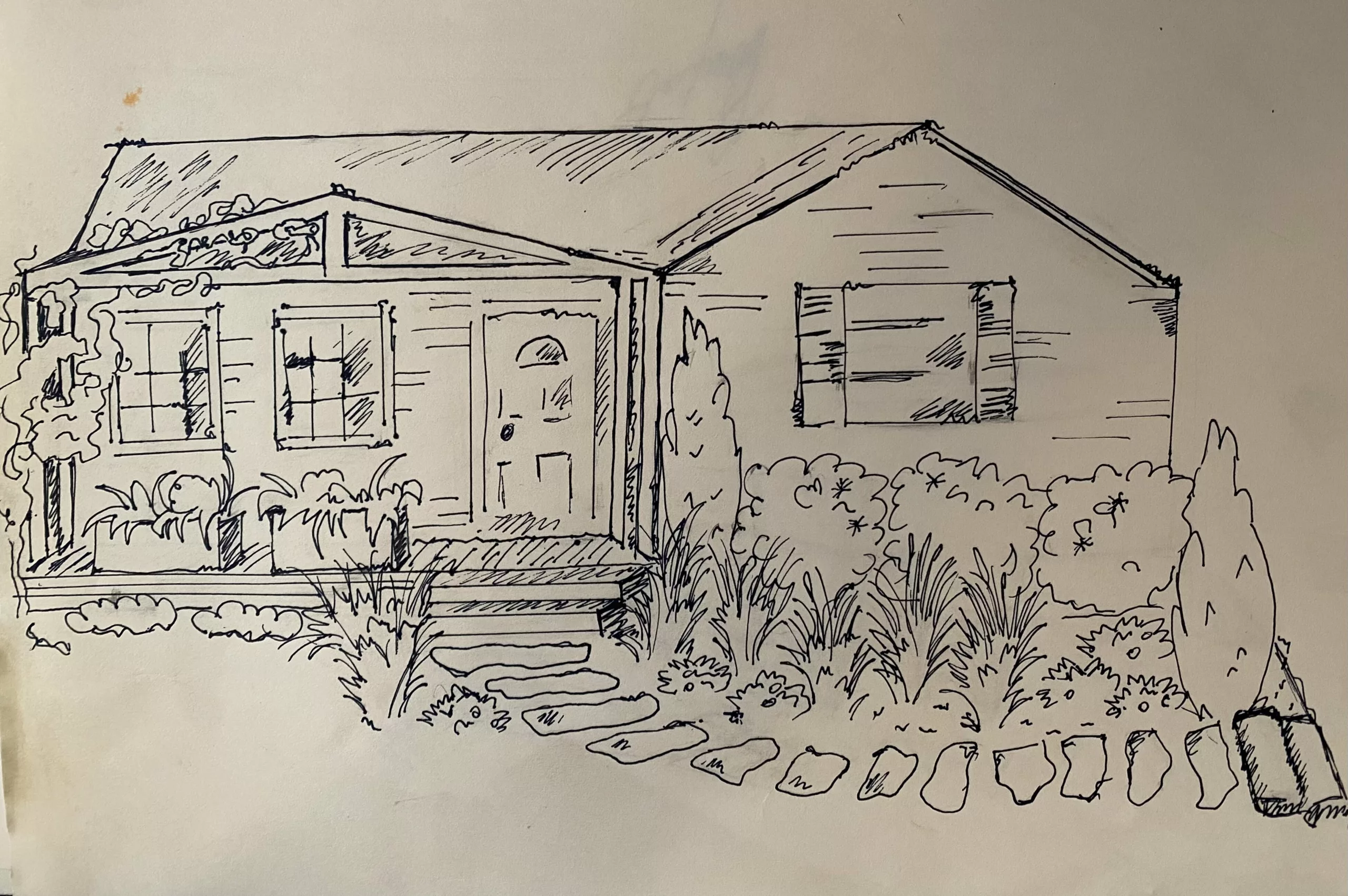A raised garden bed is a great way to start your gardening journey. It’s a perfect option for people who don’t have bigger landscapes for gardening. Also, raised garden beds are easier to maintain, as you can prevent weed growth easily. Read further to learn how you can create an eco-friendly raised garden bed without using any harmful elements that can impact our natural habitat.
Create the Frame
You need to cut the planks in the right sizes based on how big you want to create the raised garden bed. Then, fix them together with screws to create a square or rectangular bed. Make sure to choose high-quality wood for this purpose.
You can also purchase ready-made sustainable garden beds or garden bed kits to make the task easier.
Prepare the Place
Decide where you want to keep the raised garden bed and mark it. Remove the grass and plants from that area. Make sure that the area is clean before you keep your garden bed. This will help your new plant roots go deeper and thrive.
Also, fix the wide-mesh hardware cloth to the bottom of your bed frame. This will help keep out weeds that can damage your new raised garden bed. If you don’t have hardware cloth, you can use newspaper or landscape fabric to prevent weed growth from the bottom of the garden bed. However, weed seeds can fall on the soil and still can germinate, so keep that in mind. Once it’s done, place the frame and fix it firmly.
(Source)
Add Soil to Your Bed
It’s time to add soil to your raised garden bed. Choosing the right natural and eco-friendly soil is important. Choose the soil based on your location. Make sure it contains a high amount of nutrients and the ability to drain and stay moist according to the weather.
Don’t fill your bed with soil because you won’t have any room for your plants. Keeping your bed half empty or two-thirds full will is a good idea. However, make this decision according to the plants you want to grow. Some plants thrive in more soil.
Decide Between Plants
Think about what plants and grasses you want to add to your garden bed. Since not every plant will grow in your location, keep the weather and locality in mind. If you’re new to gardening, opt for local plants, as they’re easier to grow than others.
If you have any past gardening experience, add whatever plants you want. Create a hole in the soil, and add seeds of your desired plant. Some of the beautiful plant options you have include Mexican hat plant succulents, lavender, and wildflowers.
How to Care for Plants in the Raised Garden Bed?
Congratulations! Your raised garden bed is all set. What next? Well, it’s important that you know how to care for and maintain your plants so that they stay beautiful for a long time.
Here are some tips for looking after your garden bed.
Water the Soil
Because of gravity, soil in a garden bed drains quicker than soil in the ground. To prevent the soil from drying up, check it every day. Stick your finger in it, and if the top few inches of the soil is dry, it’s time to water it. Don’t water your plants too much, and choose the right garden watering product. This way, you’ll equally water all parts of the garden bed.
Feed Your Plants
Offer eco-friendly and organic fertilizers to your raised garden bed. Fertilizers help plants grow fast and keep them healthy to fight against weeds and pests. Make sure to choose highly nutritious fertilizers and feed your plants regularly. Read the label on your chosen fertilizer to know how often you can pour it each month.
Check for Weeds
No matter how professionally you designed your raised garden bed, weeds can grow near it. Therefore, check for weeds regularly. Note that it’s easier to pull them from the bed when they’re young, which can only happen if you see them grow in the early stage.
Bottom Line
A raised garden bed is a great idea if you love gardening but don’t have enough space in your house. Just make sure to choose eco-friendly products so you can maintain a sustainable garden.







